The bat is a nocturnal mammal of the Chiroptera [Chiroptera] order. Bats possess a patagium membrane made from skin tissue that links their forepaws and hind feet, making them the only mammals able to actually fly, and not simply glide as creatures like flying squirrels do. Bats are divided into thousands of species spread out across the continents. The two major suborders are Megachiroptera and Microchiroptera. Megachiroptera, often referred to as flying foxes, have long noses and feed on fruit and grain. Most bats, including the flying fox [Pteropus vampyrus], which has a wingspan of 170 centimeters, belong to this species.
By contrast, Microchiroptera have flat snouts and are more predatory, seeking insects, fish and birds. They are able to spot their prey in the dark thanks to echolocation, the ability to send out high frequency sonar waves that bounce back and are analyzed by the brain. Each bat is able to then identify the size and nature of its prey. Bats sleep upside down by day, wrapped up in their own wings. They nest in caves, grottos and in hollow trees. Their colonies can include millions of individual bats. Some species hibernate during the winter, after mating. Females are capable of incubating male sperm throughout the hibernation period, postponing conception and gestation until spring. Bats usually bear only one offspring per year. Like many nocturnal creatures, bats tend to frighten humans. Blood-sucking bats and those species known to carry diseases like rabies are considered particularly frightening, and most likely inspired mankind’s numerous vampire legends.
By contrast, Microchiroptera have flat snouts and are more predatory, seeking insects, fish and birds. They are able to spot their prey in the dark thanks to echolocation, the ability to send out high frequency sonar waves that bounce back and are analyzed by the brain. Each bat is able to then identify the size and nature of its prey. Bats sleep upside down by day, wrapped up in their own wings. They nest in caves, grottos and in hollow trees. Their colonies can include millions of individual bats. Some species hibernate during the winter, after mating. Females are capable of incubating male sperm throughout the hibernation period, postponing conception and gestation until spring. Bats usually bear only one offspring per year. Like many nocturnal creatures, bats tend to frighten humans. Blood-sucking bats and those species known to carry diseases like rabies are considered particularly frightening, and most likely inspired mankind’s numerous vampire legends.
RELATED


MERCURY


EAGLE


SALMON
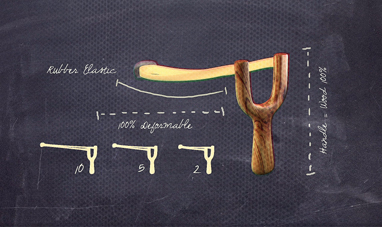

NATURAL RUBBERS
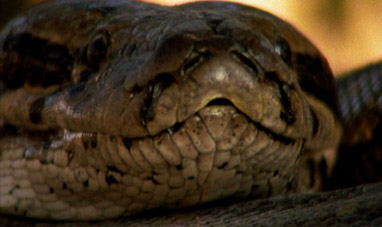

BOA


COMETS


METEORITES
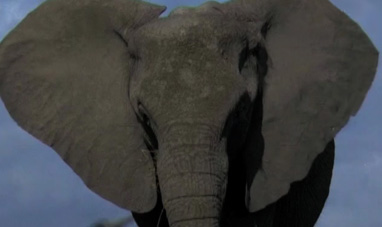

ELEPHANT


SEAL


TIGER


DROMEDARY
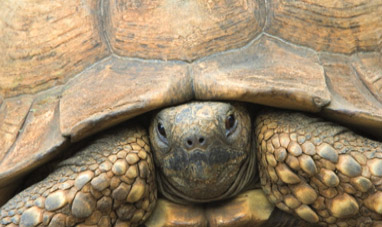

TORTOISE
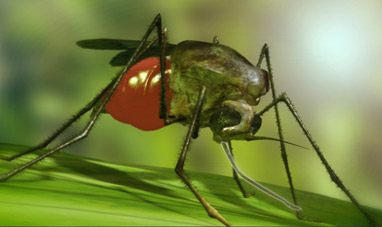

MOSQUITO


TUNA
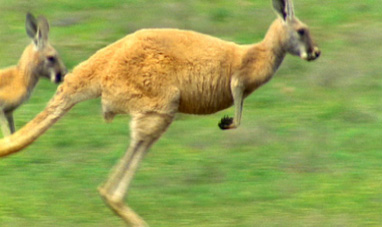

KANGAROO
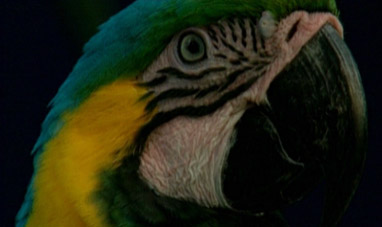

PARROTT


HAIR


CHEMICAL BONDS
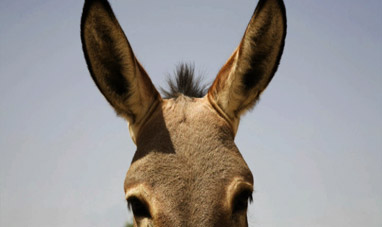

DONKEY


THE DIGESTIVE SYSTEM
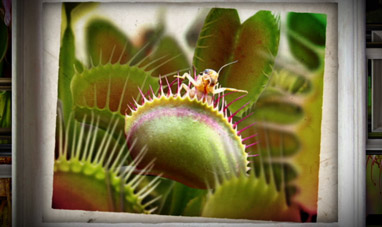

CARNIVOROUS PLANTS


CARS


CROCODILE
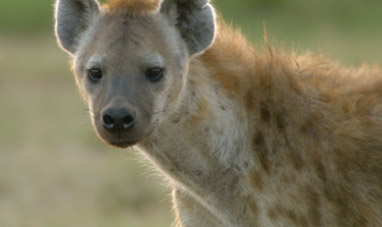

HYENA


CLOUD COMPUTING


WHEAT
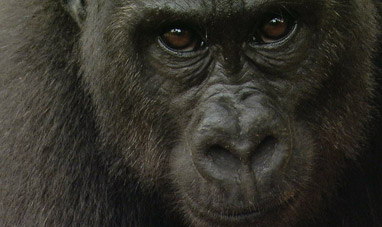

GORILLA
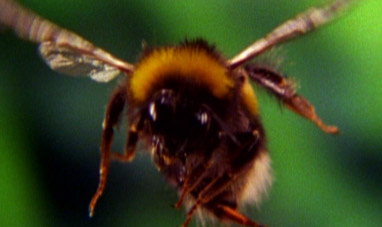

BEE


CATERPILLAR


PENGUIN


MARS


HYBRID VEHICLE
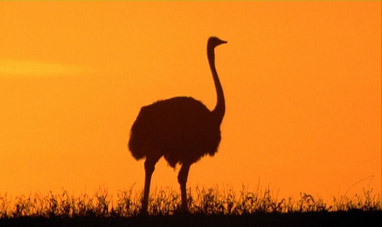

OSTRICH


FACEBOOK


NOVAE
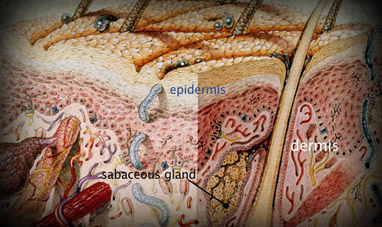

SKIN
